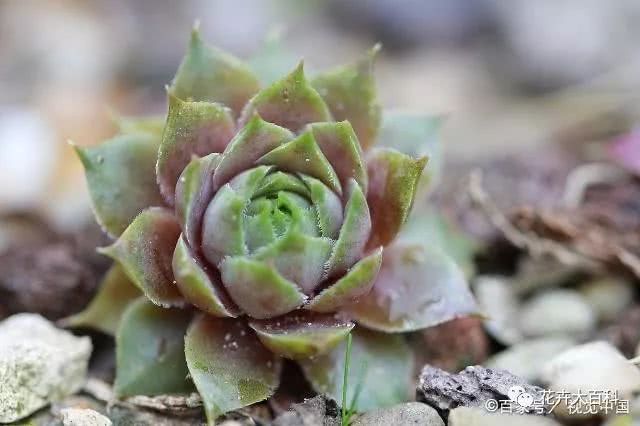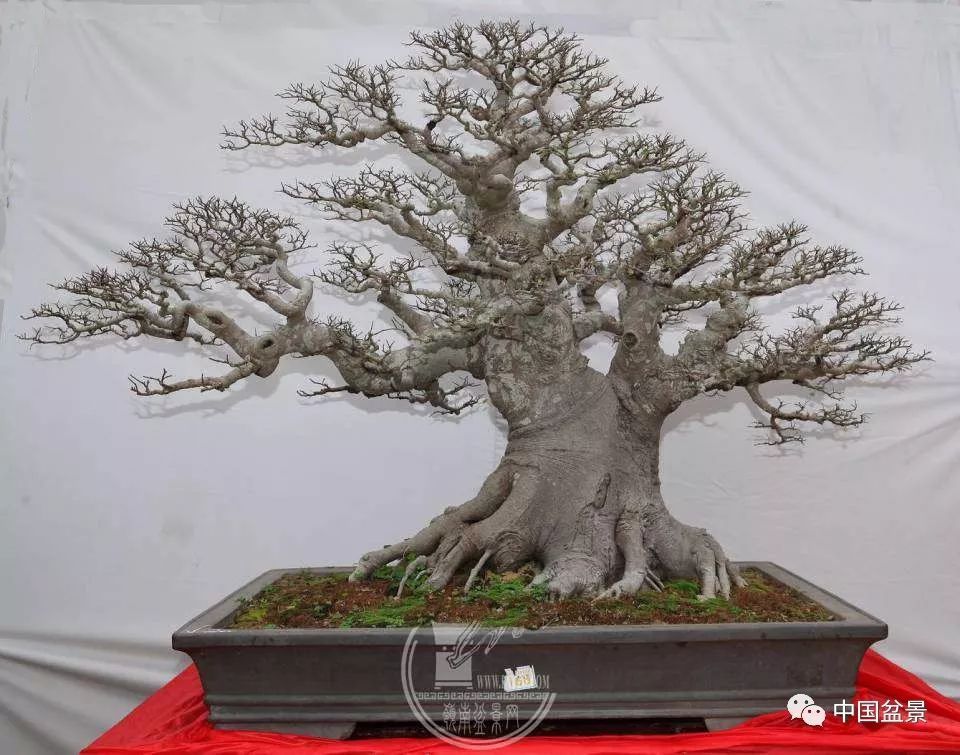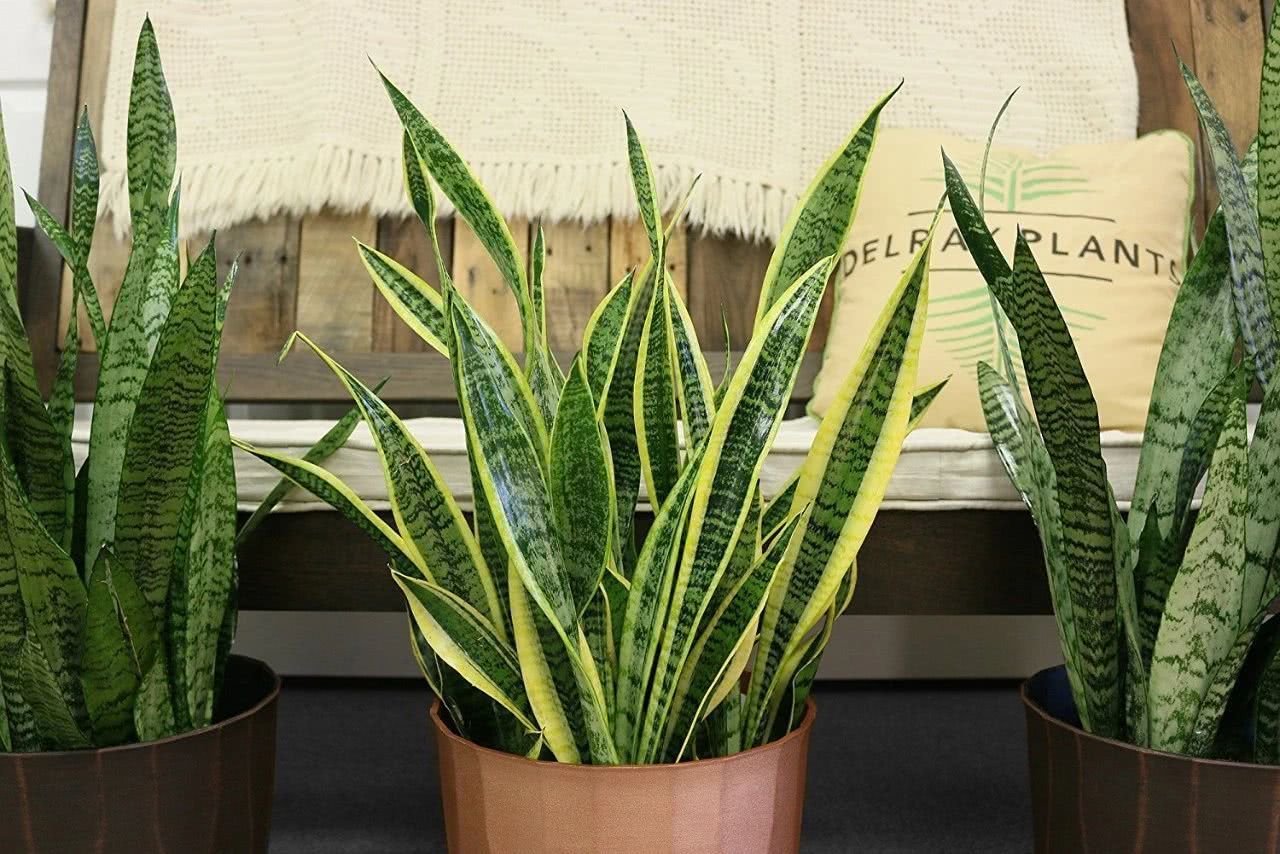The causes and treatment of succulent plant decay may lead to the destruction of succulent plants.

Friends who cultivate succulent plants have succulent rotten roots, which are generally watered too much. Once it is found that the stem leaves of succulent plants are soft and mushy, remove them from the pot when the rotting roots appear, and then remove the rotten parts with an alcohol-sterilized knife (use the knife carefully). If fungal infections are to be prevented and treated with broad-spectrum fungicides, the incisions must be completely dried before they can be replanted in the soil.
Succulent plants
Causes of decay of succulent plants
The most common disease of succulent plants is rot, which is usually caused by fungal soft rot caused by inappropriate watering or excessive humidity in the culture environment.
Succulent plants
Succulent plants originally grow in deserts and other too dry environments, so watering should never be overdone. The interval between two watering times should allow the soil to be completely dry before the second watering. The second cause of decay is caused by the impermeability of the soil plate, so we must choose a medium with good drainage function when planting.
Succulent plants
Some insects lurking in succulent plants, such as pink scale, can also cause decay, especially root powder insects, which can cause fungal infection in wounds caused by succulent plant juice.
Fungal infection
Rotten parts and treatment of succulent plants
The main results are as follows: 1. Crown decay: internal decay of plant leaves, causing the plant to fall. Treatment: remove the rotten and infected site with a sharp knife, and then insert chopped wood and sulfuric acid into the incision. The incision should be completely dry.
Severe decay
2. The stem is rotten: it mainly shows that the stem is completely rotten, usually at the bottom of the stem. Treatment: remove the rotten parts, the rest should be inserted into the branches, and the incision should be completely dried before the branches can be inserted into the ground.
Branch cutting propagation
3. The blotchy rot of the stem: it is mainly caused by the infection caused by the pest orange spring. Treatment: remove the rotten part with a knife and apply thiophanate. The plants were diluted with thiophanate methyl and 75% carbendazim soluble powder and sprayed.
Carbendazim
4. Black spot: it often occurs after cotton aphid or root powder infection. Treatment: remove the rotten part with a sharp knife, dilute it with benzoate (broad-spectrum fungicide) and spray it with thiophanate.
Black spot disease
Special note: the knives used here must be used before and after disinfection to avoid cross-infection and not to be lazy and negligent leading to the annihilation of all flesh.
- Prev

Huazhou Science Popularization demonstration Base settled in Huazhou Bonsai Garden
Zhanjiang Zheng Daxing Pushu Collection in Zhanjiang, Guangdong tastes Xie Keying's three bonsai works (title: "early Spring in the South" Tree species: red Cotton Specification: tree height 63 cm) (title: "humble Valley" Tree species: elm size: 76 cm High.
- Next

Tiger Pilan can be raised in these ways to make Phnom Penh brighter and more suitable for the family.
Tiger Pilan's name comes from the shape of its leaves, which have beautiful lines, and some varieties have yellow gold edges on the edges of their leaves. Some will grow to more than one meter high, some only more than ten centimeters, there is little difference in varieties, they.
Related
- Wuhan Hospital Iron Tree Blooming Result Was Instantly Frightened by the Gardener Master
- Which variety of camellia is the most fragrant and best? Which one do you like best?
- What is the small blue coat, the breeding methods and matters needing attention of the succulent plant
- Dormancy time and maintenance management of succulent plants during dormancy
- Minas succulent how to raise, Minas succulent plant pictures
- What are the varieties of winter succulent plants
- How to raise succulent plants in twelve rolls? let's take a look at some experience of breeding twelve rolls.
- Attention should be paid to water control for succulent plants during dormant period (winter and summer)
- Watering experience of twelve rolls of succulent plants
- Techniques for fertilizing succulent plants. An article will let you know how to fertilize succulent plants.

